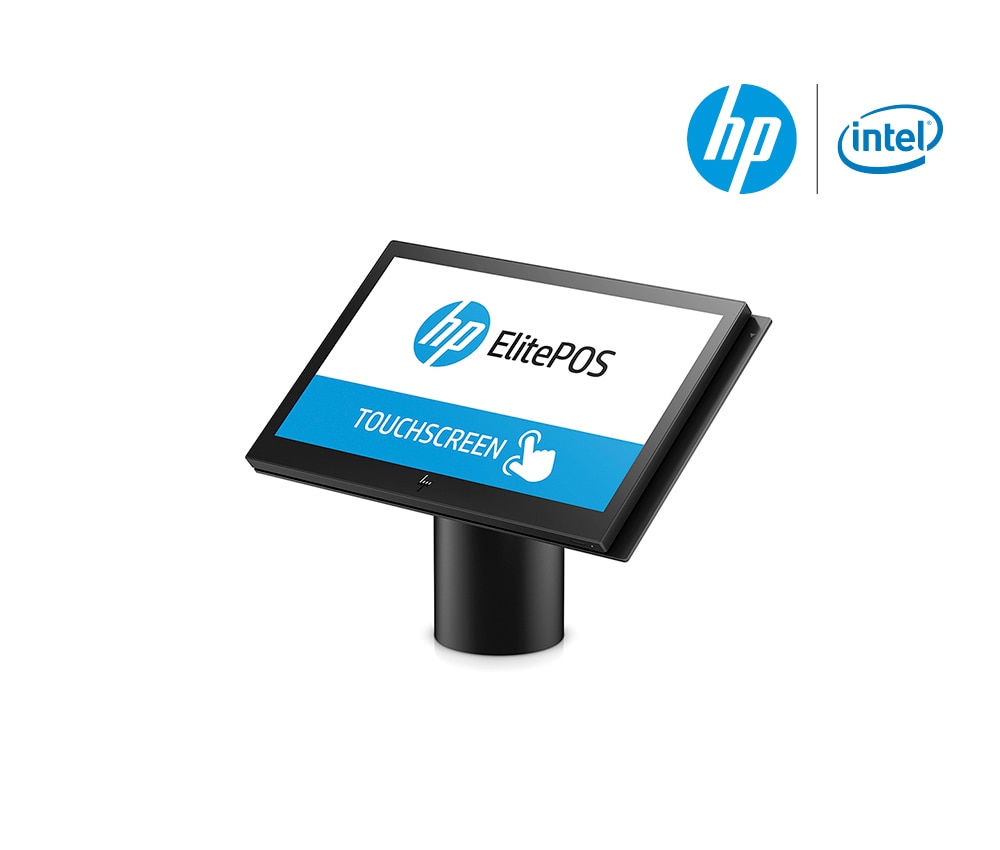What is the Internet of Things (IoT)?
What is IoT, and how can your business take advantage of smart devices to streamline operations, optimize productivity and increase security?
If you're wondering, "What is the Internet of Things?" and how this emerging technology can apply to your business, this guide will outline an IoT definition and explain how it can move your business forward. At the most basic level, the concept of Internet of Things refers to devices other than smartphones, PCs and tablets connected to the internet. IoT examples could include cars, appliances, lighting systems, alarm systems and more — the list keeps growing as more devices are developed with network connectivity in mind. IoT devices are designed to communicate with digital and cloud applications to collect and analyze data so that tasks can be performed more efficiently. Internet of Things examples are found across various industries in many diverse business applications, and consumers may recognize IoT products in a growing list of smart devices.
Connecting General Business Daily Operations via IoT
Connecting to a customized IoT ecosystem can benefit many companies and streamline office operations. Smart building technologies like smart thermostats can help companies more efficiently regulate energy consumption and save money on utilities and other operating costs. IoT devices can also enhance the physical security of facilities. Smart locks can be programmed with access codes in lieu of keys and cameras and security systems are equipped with data analytics tools to help pinpoint suspicious persons or incidents. Connected devices can also control lighting efficiency in the building, monitor security systems and even be used for custom applications that automate and streamline daily tasks like employee payroll and invoices.

IoT Retail Applications
Retail IoT applications involve a smart ecosystem of devices that deliver data — like sensor data that reveals inventory trends and customer traffic patterns — to drive sales and create better customer experiences. Such devices include mPOS systems and smart retail data analytics platforms.
IoT and the Transportation Industry
IoT offers real-time tracking of vehicle locations, allowing for more accurate scheduling and logistical processes. Telematics tracking can store mechanical data for fleet vehicles, predicting vehicle issues or failures and helping transportation companies avoid costly delays and downtime.
Utilizing IoT in the Manufacturing Industry
Creating a manufacturing IoT ecosystem among floors, sensors and devices in an industrial environment can allow operations and machines to be monitored remotely as well as create policies to streamline and automate repetitious activities like maintenance. This enables manufacturers to increase productivity and identify weaknesses in their supply chain. IoT wearables and radio frequency identification (RFID) tags can also help monitor employee status and pinpoint their locations in the event of an emergency.
IoT in Energy and Utilities
IoT solutions for energy, oil and gas companies can keep equipment connected and secure, allowing for local, remote and even offshore monitoring of machinery. Sensors can help monitor oil and gas flows in pipelines, and machine learning and predictive analytics can help reduce the cost of sending maintenance crews to remote locations. IoT devices can also increase power grid efficiency and deliver robust security to grid systems.
IoT for Healthcare
Because of security and privacy concerns, the use of Internet of Things in the healthcare industry involves special considerations for implementation. But a customized IoT ecosystem can enable hospitals, private practices and senior living communities to monitor patients, set up automatic alerts, increase nurse efficiency and create overall better patient experiences.

Security and IoT
Cybersecurity is a concern for IoT. Advanced cyberattacks like ransomware and other malware are still threats to IoT technologies. Fortunately, the Internet of Things has cybersecurity options both for on and off-premises usage. You can enhance IoT security with endpoint security solutions, and many IoT platforms require multifactor authentication for end-user devices to control access.
Internet of Things is a growing field, and there are countless emerging applications that come from connecting billions of devices to the internet. IoT integration can optimize many aspects of daily operations. Implementing an IoT system of internet-connected devices can help your business improve customer experiences, gather data from sales and trends to make predictive evaluations for marketing, and even address customer service and support issues more efficiently.
When developing an IoT strategy, consider what the specific goals for your business might be. It's a good idea to make a list of tasks that consume time and limit productivity that could be automated or streamlined by creating IoT-enabled policies or applications. You'll also need to consider how equipped your network infrastructure is to handle the new influx of data generated by IoT devices. A robust wireless network and fast internet connectivity are necessary to take full advantage of IoT, and cloud computing can help you access the data from remote locations and relieve storage concerns.